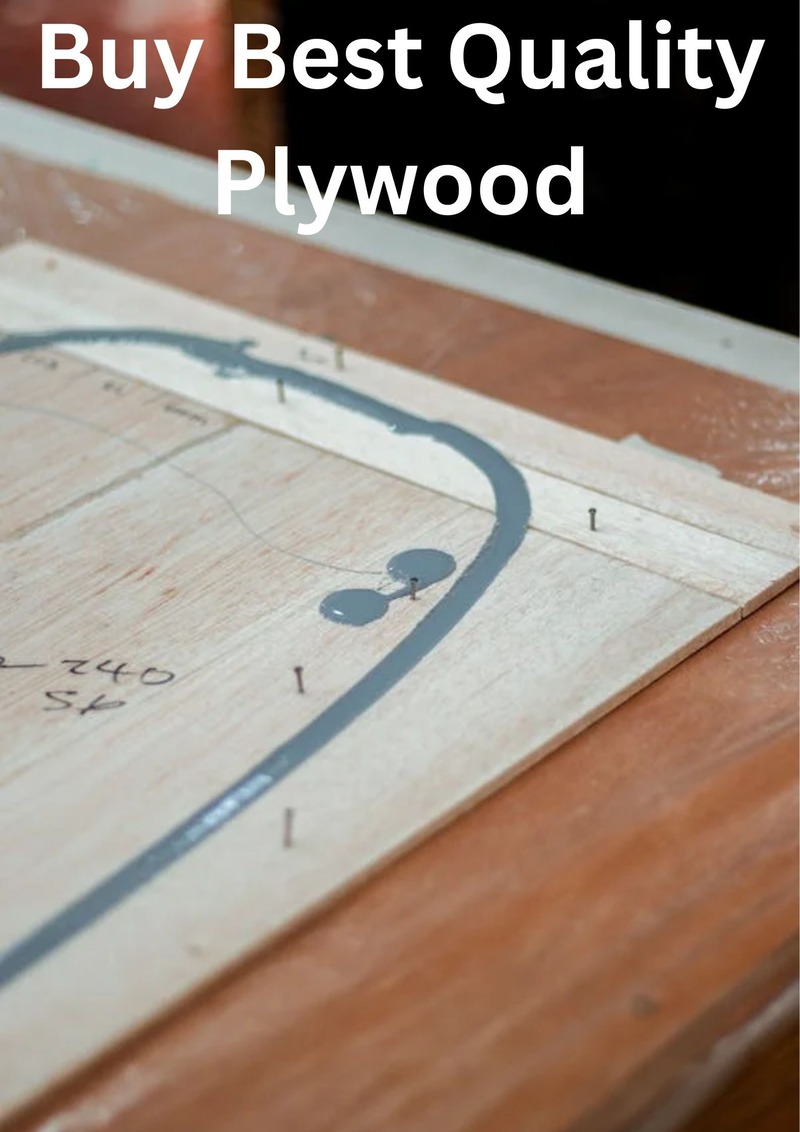
When it comes to selecting the best plywood for a ceiling, several factors come into play, including durability, appearance, and suitability for the environment. Plywood is a popular choice due to its strength and versatility, making it ideal for various applications, including ceilings. In this comprehensive guide, we will explore the different types of plywood suitable for ceilings, considerations for choosing the right grade, and other essential factors to help you make an informed decision.
Types of Plywood for Ceilings
-
Softwood Plywood:
- Description: Made from softwood veneers bonded together, typically pine, fir, or cedar.
- Advantages: Lightweight, easy to work with, and generally less expensive.
- Suitability: Ideal for ceilings in areas where moisture and humidity are not significant concerns.
-
Hardwood Plywood:
- Description: Constructed from hardwood veneers such as oak, birch, or mahogany.
- Advantages: Stronger and more durable than softwood plywood, better aesthetic appeal.
- Suitability: Suitable for ceilings where a more refined finish or higher strength is desired.
-
Marine Plywood:
- Description: Specifically designed to withstand moisture and humidity.
- Advantages: Excellent water resistance, ideal for ceilings in bathrooms, kitchens, or humid climates.
- Suitability: Best choice for areas prone to moisture exposure.
-
Structural Plywood:
- Description: Designed for structural applications, offering high strength and stability.
- Advantages: Suitable for ceilings where additional support may be required.
- Suitability: Recommended for larger ceiling spans or where heavy loads are anticipated.
-
Decorative Plywood:
- Description: Comes in various finishes and veneer faces, enhancing aesthetic appeal.
- Advantages: Offers a decorative finish without the need for additional treatment.
- Suitability: Perfect for ceilings where appearance is as crucial as functionality.
Best Plywood Grade for Ceilings
Choosing the right plywood grade is essential to ensure the longevity and performance of your ceiling. The grading system typically includes letters such as A, B, C, and D, with A being the highest quality. Here are some considerations:
- A-Grade Plywood: Highest quality with minimal defects, suitable for visible ceilings or where a flawless finish is desired.
- B-Grade Plywood: Slightly lower quality but still suitable for ceilings where some natural imperfections can be accepted.
- C-Grade Plywood: More visible defects but structurally sound, appropriate for ceilings where appearance is less critical.
- D-Grade Plywood: Contains numerous defects and knotholes, primarily used for structural purposes where appearance is not a concern.
For most ceiling applications, A or B grade plywood is recommended to ensure a smooth and aesthetically pleasing finish.
Factors to Consider
- Moisture Resistance: Depending on the location of your ceiling, consider plywood that offers adequate moisture resistance, such as marine plywood for bathrooms or kitchens.
- Strength and Durability: Evaluate the structural requirements of your ceiling to determine the appropriate plywood thickness and grade.
- Appearance: Choose plywood with a veneer that complements your interior design and enhances the overall look of your space.
- Cost: Balance your budget with the desired quality and appearance to achieve the best value for your investment.
Conclusion
Selecting the best plywood grade for your ceiling involves careful consideration of several factors, including the type of plywood, grade, and specific environmental conditions. Whether you prioritize durability, appearance, or cost-effectiveness, there is a plywood option suitable for every ceiling application. By understanding the characteristics of each plywood type and grade, you can confidently choose the right material to create a functional and visually appealing ceiling.
Q1: What is the best plywood grade for a dining table laminate sheet?
A1: For a dining table laminate sheet, B or C grade plywood is often sufficient, providing a balance between quality and cost-effectiveness.
Q2: How do I determine the thickness of plywood needed for my ceiling?
A2: The thickness of plywood depends on the span and load requirements of your ceiling. Consult with a structural engineer or refer to building codes for specific recommendations.
Q3: Can I paint or stain plywood to match my interior decor?
A3: Yes, plywood can be painted, stained, or finished with veneers to achieve the desired look that complements your interior design scheme.
Q4: What are the advantages of using marine plywood for a ceiling?
A4: Marine plywood offers superior moisture resistance, making it ideal for ceilings in areas prone to humidity or moisture, such as bathrooms and kitchens.
Q5: Can plywood be used for outdoor ceilings?
A5: Yes, certain types of plywood, such as marine plywood, are suitable for outdoor ceilings due to their superior moisture resistance. Ensure proper sealing and finishing for longevity.
Q6: What is the difference between plywood and MDF for ceilings?
A6: Plywood is made from thin layers of wood veneer glued together, offering strength and durability. Medium-density fiberboard (MDF) is made from wood fibers and resin, providing a smooth finish but less structural strength compared to plywood.
Q7: How do I prevent warping of plywood ceilings?
A7: Ensure the plywood is properly acclimatized to the room’s humidity levels before installation. Use appropriate fastening techniques and ensure adequate ventilation to prevent moisture buildup.
Q8: What is the best plywood grade for a dining table laminate sheet?
A8: For a dining table laminate sheet, B or C grade plywood is often sufficient, providing a balance between quality and cost-effectiveness.
Q9: How do I determine the thickness of plywood needed for my ceiling?
A9: The thickness of plywood depends on the span and load requirements of your ceiling. Consult with a structural engineer or refer to building codes for specific recommendations.
Additional Tips
- Installation: Ensure proper installation techniques to maximize the lifespan and performance of your plywood ceiling.
- Maintenance: Regularly inspect and maintain your ceiling to prevent issues such as water damage or structural deterioration.
- Consultation: When in doubt, seek advice from a professional contractor or interior designer to guide your plywood selection and installation process.
By following these guidelines and considering your specific needs, you can confidently choose the best plywood for your ceiling, ensuring both functionality and aesthetic appeal in your living or working space.